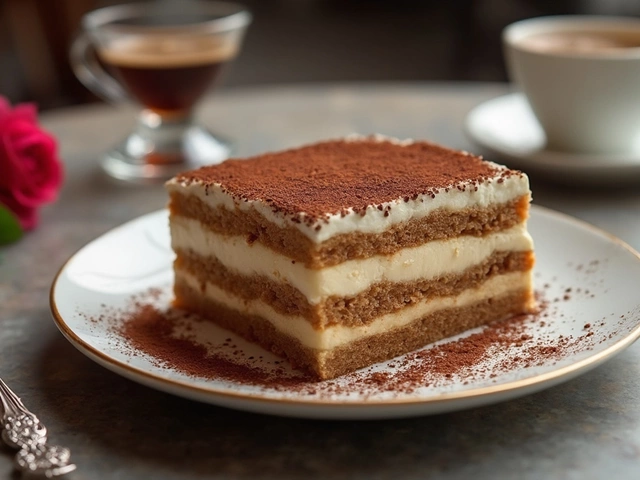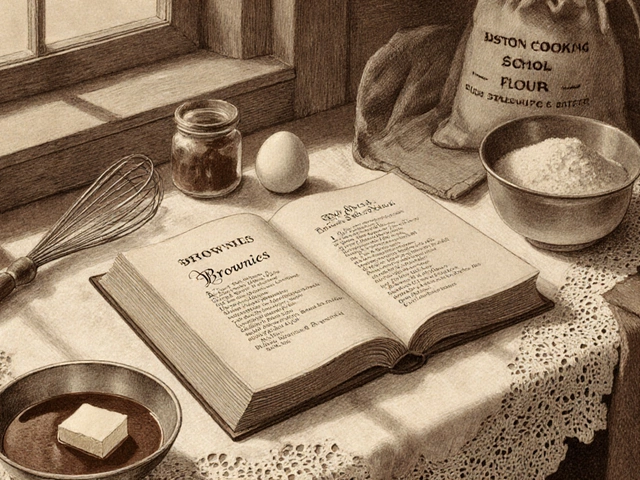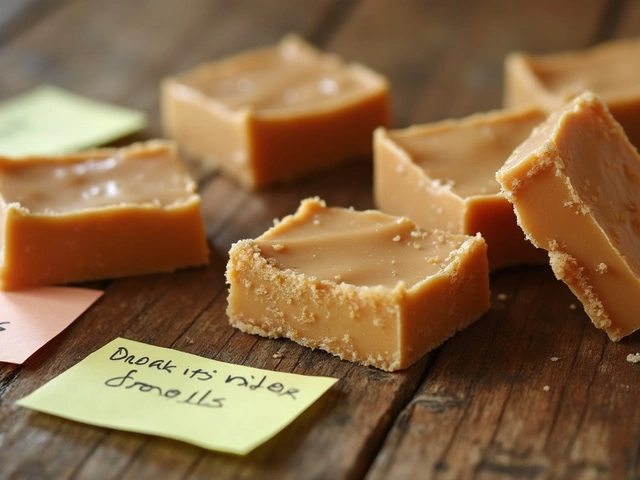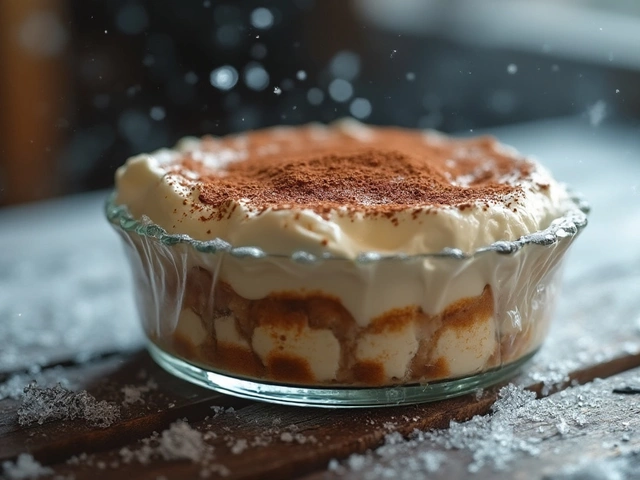Swedish Pastries Made Easy – Your Go‑To Guide
If you love buttery, spiced treats, Swedish pastries are the perfect answer. From the iconic cinnamon bun (kanelbullar) to the festive semla, these recipes rely on a few core ingredients and a gentle touch. The best part? You don’t need a professional bakery to get great results. Grab your mixing bowl and let’s walk through the basics you can use right now.
Essential ingredients for Swedish pastries
The secret to smooth, fluffy Swedish dough is simple: high‑quality butter, fresh yeast, and a pinch of cardamom or cinnamon for flavor. Use unsalted butter that’s softened but still cold enough to hold its shape when cut into flour. This creates those buttery layers that melt in your mouth.
For the sweeteners, stick with plain white sugar or light brown sugar. It dissolves quickly and gives the dough a gentle sweetness without overpowering the spices. Milk (or a plant‑based alternative) adds moisture and a tender crumb, while an egg helps bind everything together and adds a little richness.
Spices are where Swedish pastries get their personality. Ground cardamom is a must for classic kanelbullar, while cinnamon is the star of most rolls. If you’re feeling adventurous, a dash of orange zest or almond extract can lift the flavor profile without getting complicated.
Step‑by‑step basics you can try today
Start by warming a cup of milk until it’s just lukewarm. Sprinkle the fresh yeast over the milk and let it sit for 5‑10 minutes – you’ll see it bubble a bit, which means it’s alive and ready.
In a large bowl, whisk together flour, sugar, a pinch of salt, and your chosen spices. Make a well in the center, pour in the yeast mixture, add the egg and a splash of melted butter. Mix until a shaggy dough forms, then turn it onto a lightly floured surface.
Knead the dough for about 8‑10 minutes until it’s smooth and elastic. If the dough feels sticky, sprinkle a little extra flour, but avoid adding too much – you want the pastries to stay soft. Shape the dough into a ball, place it in a greased bowl, cover with a clean towel and let it rise for 45‑60 minutes, or until it’s doubled in size.
While the dough rises, mix a simple filling: soften butter, stir in brown sugar, and add cinnamon (or cardamom) to taste. Once the dough has risen, punch it down, roll it into a rectangle about ½ inch thick, and spread the filling evenly.
Roll the dough tightly from the long side, slice into 1‑inch pieces, and place them on a baking tray lined with parchment. Let them proof for another 20‑30 minutes – they’ll puff up a bit more.
Preheat your oven to 190°C (375°F). Brush the tops with an egg wash (one beaten egg mixed with a teaspoon of milk) for a glossy finish, then bake for 12‑15 minutes or until golden brown. While they’re still warm, drizzle with a thin glaze made from powdered sugar and milk for that classic sweet shine.
If you’re making semla, the same dough works, but you’ll shape it into round buns, fill them with almond paste and whipped cream, and dust the tops with powdered sugar. The key is not to over‑bake – you want a soft interior that stays moist.
Now you’ve got the basics down. Feel free to experiment with fillings – jam, chocolate, or even cheese for a savory twist. The more you bake, the better you’ll understand how dough behaves, and soon you’ll be whipping up Swedish treats whenever the cravings hit.
Need more ideas? Browse our other sweet guides for tips on perfect fudge, cookie science, and gluten‑free cake tricks. Happy baking!
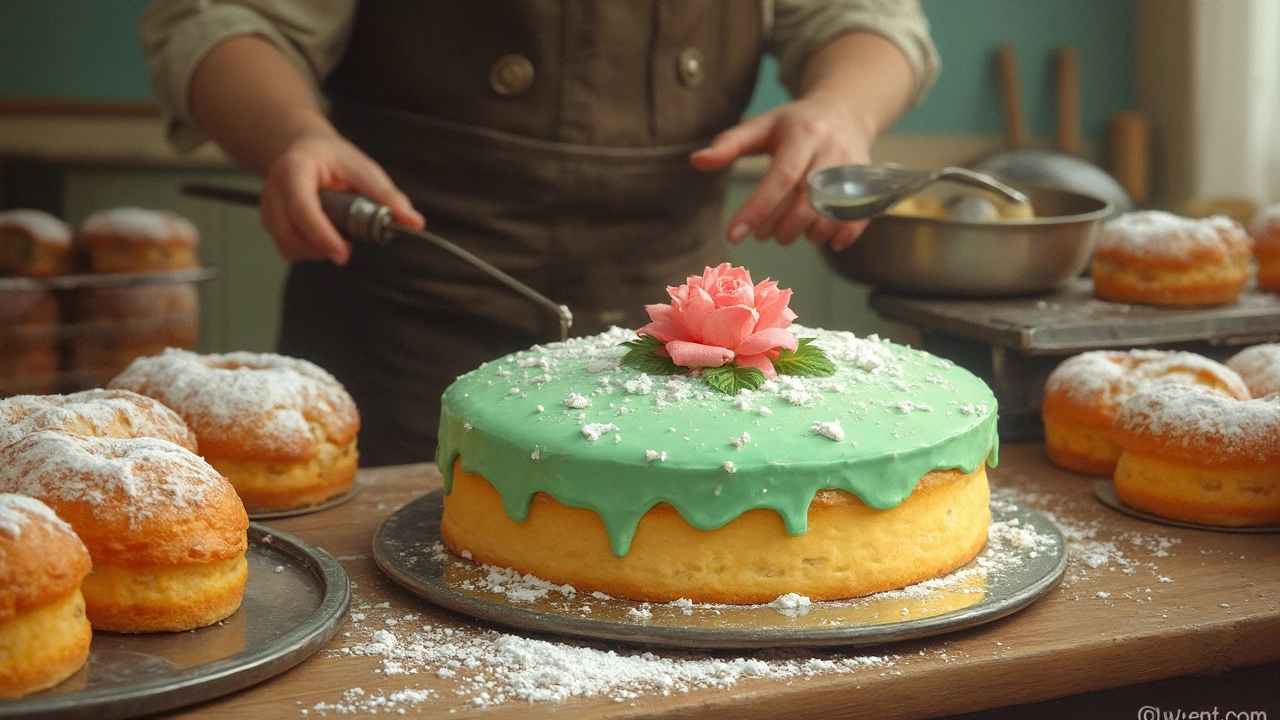
Why Is It Called a Princess Cake?
Ever wonder why the pretty pastel cake adorned with marzipan is called a princess cake? This article delves into the origins and interesting facts about the charming dessert. Discover its Swedish roots, how it got its quaint name, and the traditional components that make it so unique. We'll also share practical tips for making your own at home. Whether you're a baking enthusiast or a curious foodie, this read is for you.
View More
